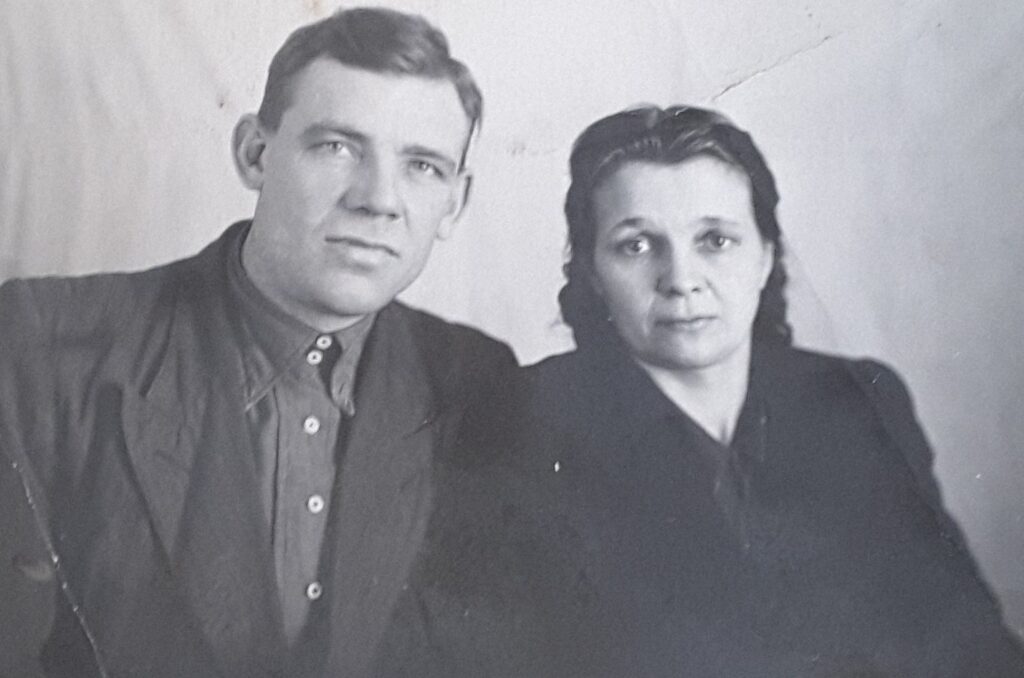As a child, I used to spend a lot of time with my maternal grandparents, Elisabetha and Viktor Haas, both 6th generation Volga Germans. After school I was hurrying home to them, scenting Grandma Lisa’s homemade German crumb cake countless times as soon as I reached the porch. Despite having had a harsh life for many years – surviving deportation from their Volga homeland to Siberia in 1941, years of famine and forced labor, and the loss of two children – my grandparents somehow managed to remain kind and lighthearted, still having so much love and attention to give to all of their family members, and especially their then youngest granddaughter.
Apart from all the bad they had to live through, my grandparents never forgot all the good that had happened to them, and loved to share memories of their life before deportation. My grandmother’s eyes always lit up when she recalled how she and my grandfather met for the first time while her family stayed with relatives near Moscow.

When my grandparents met for the first time, my grandfather mistook my grandmother for a Russian and openly exclaimed in German that she was the most beautiful girl he had ever seen, and that if she was a German, he would instantly propose. My grandmother pretended she did not understand a word he said, but when my grandfather found out who she was, he really did propose! And even though my grandmother turned down that first proposal, he was head over heels and started courting her until he won her over.
